Search Images
Browse Content (p. 904)
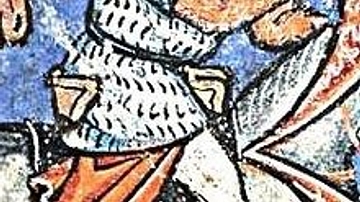
Image
Nur ad-Din, from the History of Outremer
A miniature painting of Sultan Nur ad-Din (also spelt Nur al-Din, 1118 - 1170 CE), from a manuscript of the History of Outremer by William of Tyre (c. 1130 - 1186 CE). The manuscript containing this image (Yates Thompson 12 f. 132) was...
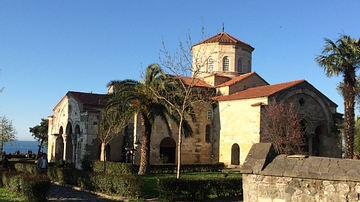
Image
Hagia Sophia, Trebizond
Hagia Sophia Church in Trebizond (present-day Trabzon, Turkey). 13th century CE.
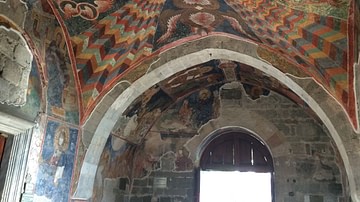
Image
Fresco in Hagia Sophia, Trebizond
Interior fresco in the Hagia Sophia Church in Trebizond (present-day Trabzon, Turkey). 13th century CE.
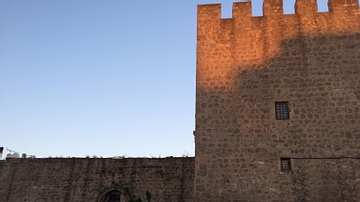
Image
City Walls of Trebizond
City Walls of Trebizond (present-day Trabzon, Turkey). 13th century CE.
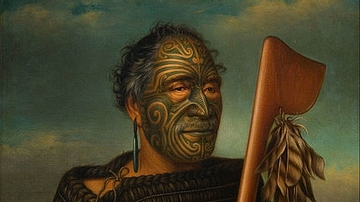
Image
Maori Rangatira - Tamati Waka Nene
Portrait painted by Gottfried Lindauer (1839 - 1926 CE) of Māori rangatira (chief) Tamati Waka Nene of the Ngāpuhi iwi (tribe) (1785 - 1871 CE). Portrait painted 1890 CE. (Auckland Art Gallery, New Zealand)
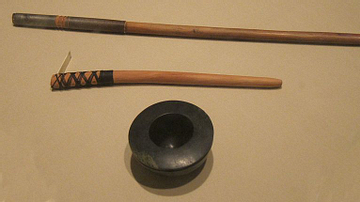
Image
Traditional Pacific Island Tattoo Tools
Instruments for traditional Pacific Island tattoos: hāhau (tapping stick) made of ulei wood, moli (tattoo tool) made of wood and bone, and apu paʻu (ink bowl), made of jade. Date unknown.
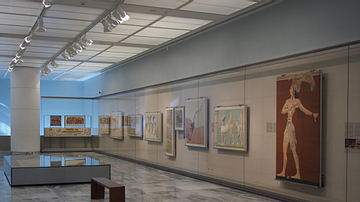
Image
Rooms of Minoan Frescoes, Heraklion Archaeological Museum
The rooms of Minoan frescoes, Archaeological Museum of Heraklion. At the right end is the fresco of the Prince with the Lilies.
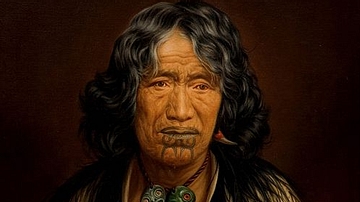
Image
Kuinioroa - Daughter of Rangi Kopinga - Te Rangi Pikinga
A portrait by New Zealand artist Gottfried Lindauer (1839 - 1926 CE) of Te Rangi Pikinga. She belonged to the Ngāti Apa people of Whanganui (New Zealand) and was captured by Te Rangihaeata at Turakina c. 1819 CE. It is believed she was born...

Image
Hinepare - A Woman of the Ngāti Kahungunu Tribe
A half-length portrait of a Maori woman painted by the New Zealand artist Gottfried Lindauer (1839 to 1926 CE). Hinepare is wearing a hei-tiki around her neck, pounamu (greenstone) earring and shark tooth earring, and two huia feathers in...
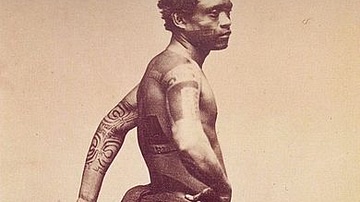
Image
Tattooed Warrior from the Marquesas Islands
The Marquesan culture is said to have evolved the most elaborate tattoo art. This photograph was taken in 1880 CE and shows the traditional tattoo designs of the Polynesian region - specifically, that of the Marquesas Islands.